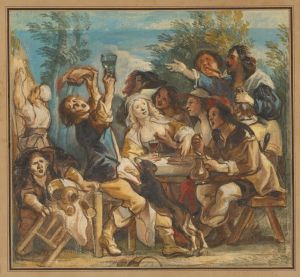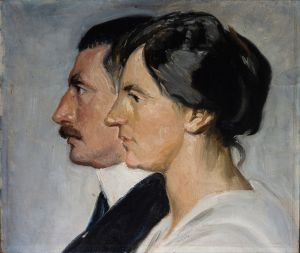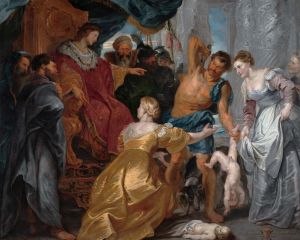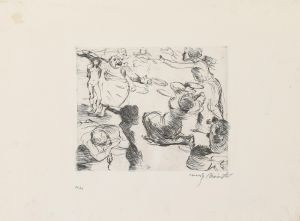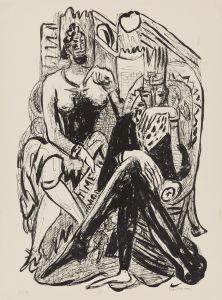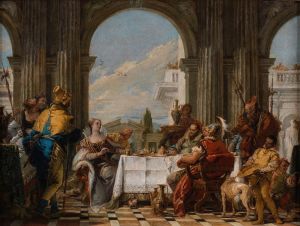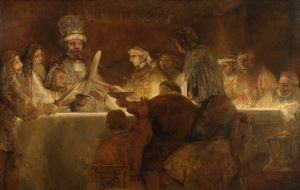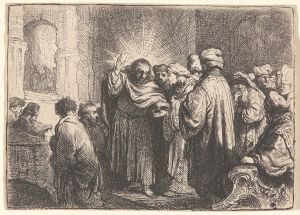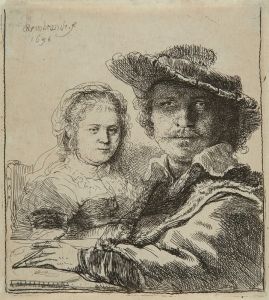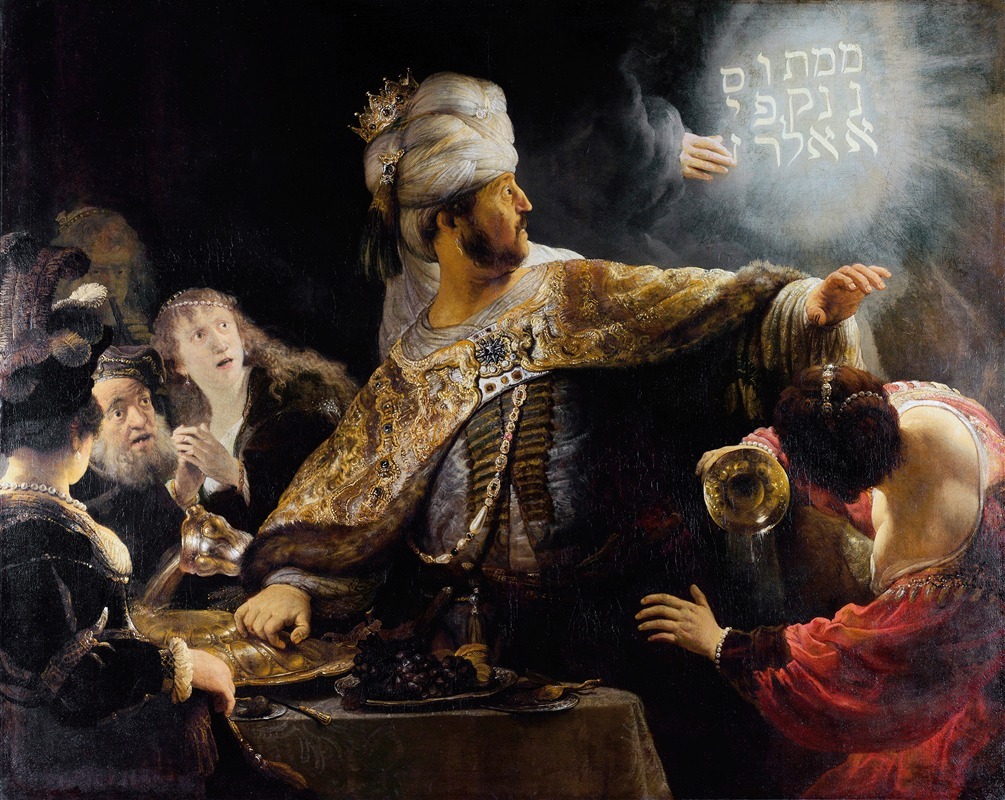
Belshazzar’s feast
A hand-painted replica of Rembrandt van Rijn’s masterpiece Belshazzar’s feast, meticulously crafted by professional artists to capture the true essence of the original. Each piece is created with museum-quality canvas and rare mineral pigments, carefully painted by experienced artists with delicate brushstrokes and rich, layered colors to perfectly recreate the texture of the original artwork. Unlike machine-printed reproductions, this hand-painted version brings the painting to life, infused with the artist’s emotions and skill in every stroke. Whether for personal collection or home decoration, it instantly elevates the artistic atmosphere of any space.
"Belshazzar's Feast" is a painting by the renowned Dutch artist Rembrandt van Rijn, created around 1635-1638. This work is an oil painting on canvas and is currently housed in the National Gallery in London. The painting is notable for its dramatic depiction of a biblical story from the Book of Daniel in the Old Testament.
The subject of the painting is the feast of Belshazzar, the last king of Babylon, as described in Daniel 5. According to the biblical narrative, Belshazzar held a great feast for a thousand of his lords, during which he commanded that the gold and silver vessels taken from the Temple in Jerusalem be brought so that he and his guests could drink from them. This act of sacrilege was met with a divine response: a mysterious hand appeared and wrote a message on the wall of the banquet hall. The message, written in Aramaic, was "Mene, Mene, Tekel, Upharsin," which Daniel interpreted as a prophecy of the king's downfall and the division of his kingdom.
Rembrandt's painting captures the moment of shock and awe as the hand writes on the wall. The composition is centered around the figure of Belshazzar, who is depicted in a state of alarm and confusion. His eyes are wide with terror as he recoils from the writing. The guests around him also display expressions of fear and astonishment. Rembrandt uses dramatic lighting to highlight the figures and the supernatural event, employing a strong chiaroscuro technique that enhances the sense of drama and immediacy.
The painting is also notable for its rich use of color and texture. Rembrandt's attention to detail is evident in the luxurious clothing and opulent setting, which reflect the wealth and decadence of Belshazzar's court. The artist's skillful rendering of fabrics, jewels, and metallic surfaces adds to the painting's visual impact.
"Belshazzar's Feast" is a significant work in Rembrandt's oeuvre, demonstrating his mastery of narrative painting and his ability to convey complex emotional states. The painting reflects Rembrandt's interest in biblical themes and his ability to bring these stories to life with vivid realism and psychological depth.
The painting's provenance includes its acquisition by the National Gallery in London in 1964, where it remains an important part of the collection. It is considered one of Rembrandt's masterpieces and continues to be studied and admired for its artistic and historical significance.
Overall, "Belshazzar's Feast" exemplifies Rembrandt's talent for capturing dramatic moments and his profound understanding of human emotion, making it a lasting testament to his genius as an artist.





